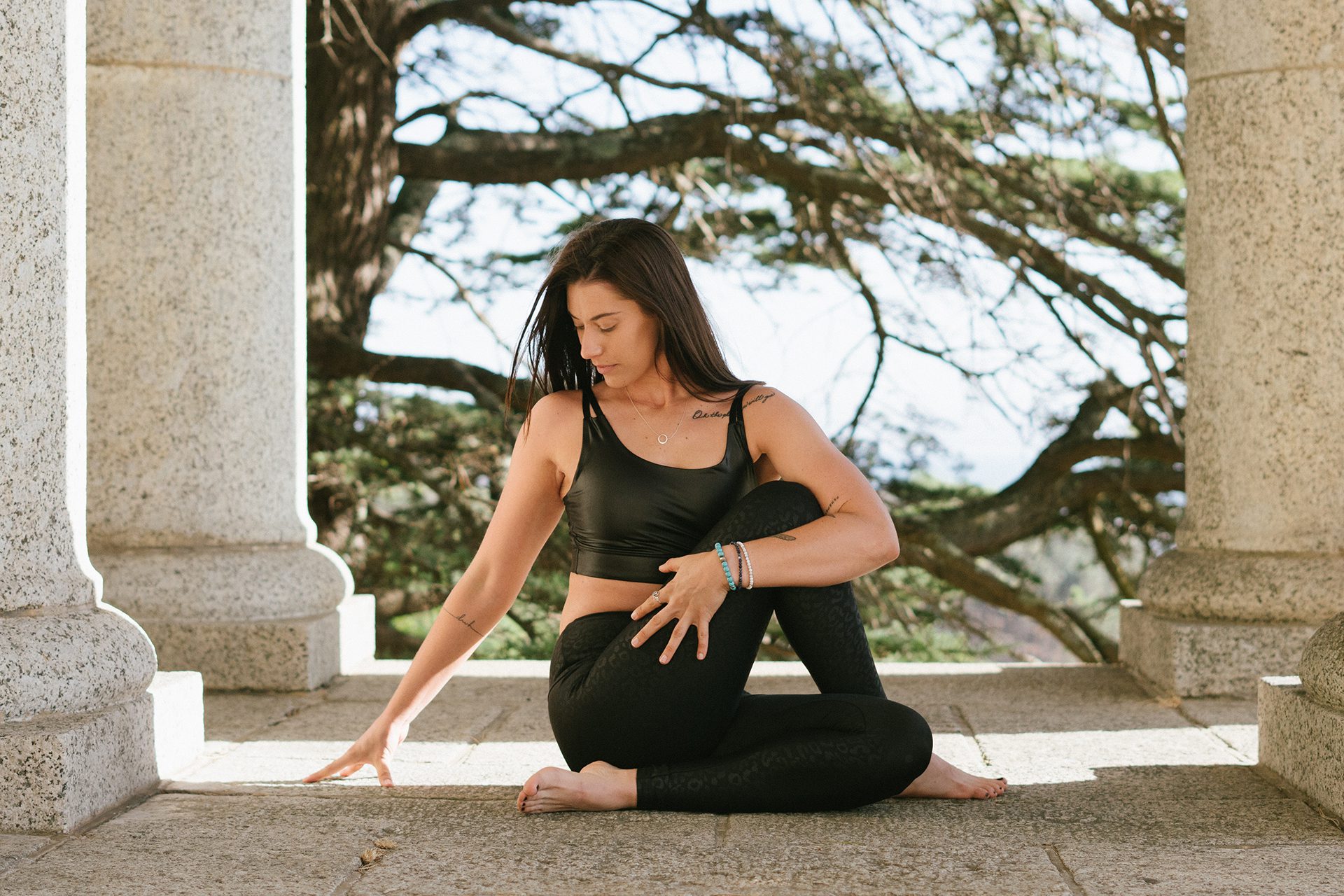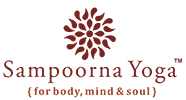Yin Yoga for Flexibility – 1-hour Full Body Yin Yoga Practice
Yin yoga, a slow-paced, gentle, passive style of yoga, offers immense physical, mental and emotional benefits. At a point of complete stillness one finds tranquility and peace, contentment and bliss. This practice serves as a nurturing self-care ritual, tending to the body’s core while aiding in the release of pent-up emotions. A practice where time is your greatest companion (each pose is held for 3-10 minutes or more), yin yoga goes beyond the outer facets of our structure to nourish and strengthen the deep connective tissue. Working its way to the fascia, a web-like structure that binds our body together, yin yoga is one of the most impactful practices for flexibility.
While a regular yoga practice works on improving flexibility in the muscles, a complete one-hour full body yin yoga for flexibility session works on the flexibility and mobility of connective tissue, including range of motion of joints, the strength of bones, tendons and ligaments. This complementary effect of yin yoga promotes greater elasticity, allowing the suppleness to support overall flexibility.
Let’s look at the top five benefits of yin yoga for flexibility before diving into a one-hour practice.

Let’s look at the top five benefits of yin yoga for flexibility before diving into a one-hour practice.
- Enhancing range of motion: The long-holds of postures in a yin yoga practice targets the deep-seated connective tissue which supports muscles and joints. The range of motion of joints is impacted by elements like aging, injury, or poor daily postures. This causes heightened friction and rigidity and affects the natural energy flow, inducing fatigue. Stress on the joints reduces, along with stiffness and discomfort. Gradually, mobility around the joints improves. Through regular yin yoga sessions involving prolonged postures, the fascia strengthens, alleviating strain on connective tissues and expanding the range of motion. A yin yoga teacher training offers a simplified grasp of the most basic and foundational anatomical aspects that help understand the intricacies of how this works.
- Energizing the connective tissue: Yin yoga stimulates the connective tissue by gently applying tension. Long-hold poses enhance oxygen supply, rejuvenating and invigorating these tissues. Despite its challenges, yin yoga encourages practitioners to explore beyond their comfort, ultimately fostering a sense of ease, vitality, and relaxation. A consistent practice energizes the connective tissue, improving health, strength and flexibility.
- Improves blood circulation: Through the extended duration of poses, yin yoga facilitates a thorough massage of the body’s organs. This prolonged stretching stimulates blood circulation across regions, ensuring better supply of oxygenated blood throughout the body. As this enhanced circulation reaches various systems and organs, it fosters a harmonious balance among them. Moreover, regularly practicing yin yoga and sustained stretches significantly alleviates blockages within the body. These blockages, often caused by tension, stress, or sedentary lifestyles, affect the smooth flow of vital life force (known as prana). Yin yoga releases these blockages, allowing the unrestricted flow of prana throughout the body’s energetic pathways. The enhanced flow of oxygenated blood revitalizes the entire system, promoting a lighter, more balanced and flexible self.
- Adjustments and alignment in yin yoga: One of the most important parts of yin yoga is alignment. In a yin yoga teacher training course you will learn that this style of practice makes poses accessible for all students. Props are used with no limitations and modifications are applied to encourage students to try a pose even if it feels more challenging. One may not be flexible when they start practicing, but this approach is all about improving flexibility in a progressive, sustained manner. During a yin yoga flow, teachers also offer to help with adjustments. Poses may appear or look different for each individual. This idea is to make necessary adjustments, while using props to access a pose effectively. The more time one spends doing this, the better the flexibility as one progresses.
- Stress release: Yin yoga’s slow, passive approach encourages relaxation and releases mental tension. Yin yoga promotes a harmonious nervous system, reducing stress effectively. It targets stress-prone areas, such as the lower back, stretching and stimulating these regions to alleviate tension from deep tissues. Heightened emotional awareness contributes to reduced stress accumulation as well. The reduced stress levels can relax muscles and tissues, making them more receptive to stretching and improving overall flexibility.
It is with consistent practice of yin yoga over time that one can improve overall flexibility and suppleness, providing a deeper sense of physical ease and comfort.
Begin your yin yoga practice with this 1 hour full body yin yoga flow for flexibility.
YOGA ALLIANCE REGISTERED YOGA TEACHER TRAINING COURSES

Sampoorna Yoga Teacher Training School has been a registered international yoga school with Yoga Alliance, holding RYS-200, RYS-300, RYS-500, and YACEP designations since 2009. Its online and in-person Yoga Teacher Training Courses and Certifications are recognized and accepted worldwide, enabling all graduates to teach globally. Upon course completion, participants receive a 200-Hour, 300-Hour, or 50-Hour Yoga Teacher Training Certification, allowing registration as RYTs (Registered Yoga Teachers) with Yoga Alliance. Our Yoga Teacher Training Certificate Courses empower you to teach legally in any country, whether you choose to register with Yoga Alliance registration or not.

